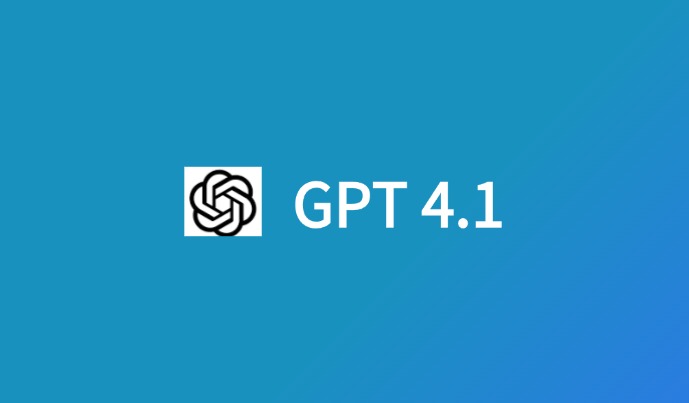Introduction
Writing compelling blog titles is an essential skill for content creators and marketers. As search engines evolve and user expectations rise, the way you write titles can make or break the success of your content. In this guide, we’ll walk through the most effective methods to create titles that not only catch attention but also optimize for better search engine rankings.
The Importance of Crafting the Perfect Blog Title
When you write a blog title, you’re essentially setting the tone for your entire post. The right title encourages clicks, enhances SEO, and drives engagement. But how do you ensure your title is perfect? Here, we’ll explore the importance of using keywords and the psychology behind compelling titles.
1. Why Keywords Matter in Your Blog Title
Using primary and secondary keywords strategically is one of the first steps in writing a blog title that ranks well. For example, if you’re targeting the keyword “image summarizer,” make sure it’s included in your title to ensure your content shows up when users search for it.
- Primary Keyword: Image Summarizer
- Secondary Keywords: Online tools, image processing, AI summarization
2. Adding Numbers for Engagement
Numbers in titles help attract attention. It could be “5 Tips for Image Summarizer Tools” or “Top 10 Image Processing Methods for 2025.” Studies show that titles with numbers generate higher engagement. By adding numbers, you make your post feel more digestible and organized.
3. How to Leverage the Year 2025 (H3)
Including the year “2025” in your title can increase click-through rates. People often search for the latest information or tools, so using “2025” suggests that the content is updated, relevant, and timely.
Example: “Best Image Summarizer Tools to Use in 2025”
4. How to Use Markup Symbols in Blog Titles (H3)
Incorporating markup symbols like |, :, or even parentheses can help break up your title, making it more readable. This is essential for SEO, as search engines like Google may give additional weight to keywords separated by symbols.
Example: “Top 5 Image Summarizer Tools in 2025: AI-Powered Solutions”
5. Writing for Your Audience (H3)
A blog title should be targeted to your ideal audience. Understanding your customers’ needs, pain points, and motivations will help you create titles that resonate. Engage them by asking questions like: “Are you struggling with image processing?” This invites the reader to continue reading, increasing engagement.
Best Practices for Writing Blog Titles in 2025
1. Use Active Verbs
Action words give your titles energy and make them more enticing. Instead of saying “How to Use an Image Summarizer,” say “Master Image Summarization with These Simple Tools.”
2. Keep Titles Concise but Informative
While you want your title to be SEO-friendly, you also want it to be clear and concise. Keep the length within 30-40 characters to ensure it’s easy to read on both desktop and mobile.
3. Use Strong Emotional Triggers
Make your title speak to the emotions of the reader. Words like “Amazing,” “Essential,” or “Game-Changing” can make the reader feel they must read your post to stay informed or gain an advantage.
Effective Strategies for Image Summarization
Incorporate a section on the benefits and strategies behind using image summarizers to make the article more engaging. Provide a simple, step-by-step approach to explain how readers can use online tools to summarize images effectively.
1. Introduction to Image Summarizers
Image summarization tools use AI technology to condense image content into summaries, enabling users to process visual data quickly. This is a game-changer for industries like marketing, content creation, and research.
2. Common Mistakes to Avoid When Using Image Summarizers
- Mistake #1: Not selecting the right tool based on the image type
- Mistake #2: Over-summarizing important details
- Mistake #3: Forgetting to manually adjust summaries for clarity
4 Useful Tables for Image Summarizer Comparison
| Tool | Features | Pros | Cons |
|---|---|---|---|
| Tool 1 | AI-based Summarization | High accuracy | Expensive |
| Tool 2 | iWeaver | Free, easy to use | Limited custom options |
| Tool 3 | Text to Image Summarization | Fast processing speed | Requires sign-up |
| Tool 4 | Cloud Integration | Works across devices | Slow on low bandwidth |
FAQs
Q1: What is an image summarizer?
An image summarizer is a tool that condenses visual content into shorter, more digestible information, typically with the help of AI or machine learning.
Q2: How do I choose the right image summarizer tool?
Look for features like accuracy, speed, cost, and the ability to customize summaries based on the type of image.
Q3: Is it necessary to pay for image summarization tools?
Not necessarily. Many online tools offer free versions with basic functionalities, but premium tools offer more features and better accuracy.
Q4: Can I use an image summarizer for non-text images?
Yes, image summarizers work well with various types of images, from photos to complex infographics.
Q5: How accurate are AI-powered image summarizers?
AI-powered tools can be highly accurate, but some may need manual adjustments to ensure that the most important details are retained in the summary.
Q6: Are image summarizers useful for SEO purposes?
Yes, image summarization helps make content more accessible and quicker to process, which is beneficial for both user experience and SEO.
Conclusion
Creating compelling blog titles isn’t just about attracting clicks—it’s about optimizing your content for the best user experience and search engine performance. By integrating SEO-friendly keywords, using numbers and emotional triggers, and ensuring your titles are clear and engaging, you can significantly boost both your rankings and your readership.



